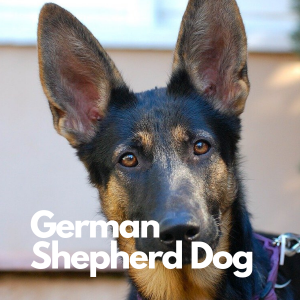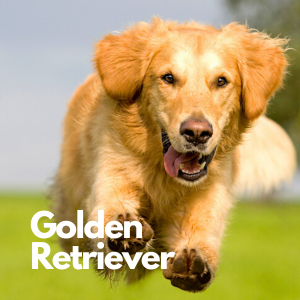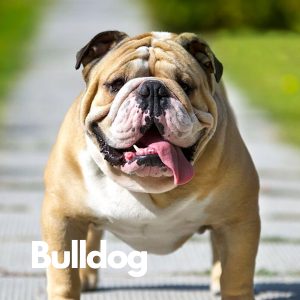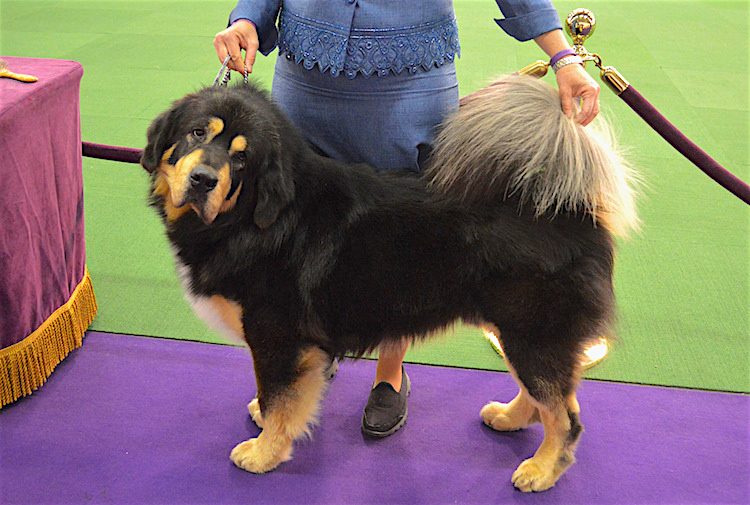
Working
90-150 lbs. (male);
70-120 lbs. (female)
26-30 in. (male);
24-28 in. (female)
12-15 years
1. Key Characteristics of Tibetan Mastiffs
The Tibetan Mastiff is a large, athletic and powerful dog that matures slowly at around 3–5 years old. Females typically have a single heat cycle a year.
Dogs with longer hair tend to take on a lion-like appearance, and even their feet seem somewhat feline. The double coat is full of thick, heavy, coarse hair in black, brown, blue/gray, and may be with or without tan or gold markings. Underneath, you’ll find a wooly undercoat.
The medium-sized ears are V-shaped and drop forward. The dog also sports with a feathered tail that curves over the back. The feet are said to be cat-like.
2. Where Tibetan Mastiffs Came From
The earliest written proof of Tibetans dates to 1100 B.C. in China.
Skulls of the breed that were found date from the Stone and Bronze ages.
The dogs may have accompanied the armies of Attila the Hun and Genghis Khan into battle. Travelers were not allowed in Tibet, but a few were able to visit in the 18th century and observed these large dogs.
The first dog of its breed to be exported was sent in 1847 from Lord Hardinge, viceroy of India to Queen Victoria, and was named Siring.
Some other important dates to note for the Tibetan Mastiff are:
- 1873: Name established by the Kennel Club in England.
- 1931: Tibetan Breeds Association was started in England.
- 1974: The American Tibetan Mastiff Association was formed in the United States.
- 2006: The American Kennel Club (AKC) recognized the breed for conformation showing in the Working Group.
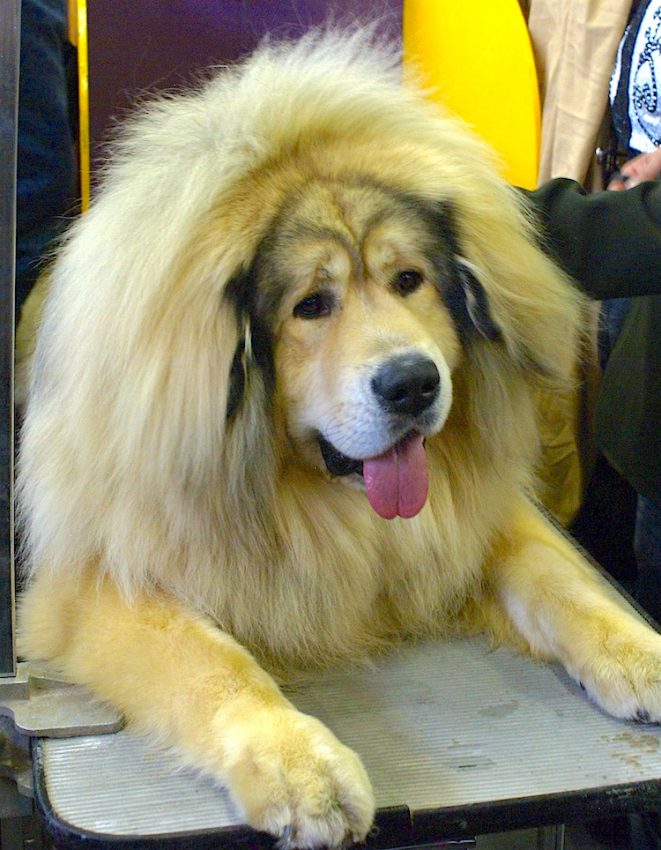
3. How Friendly Are Tibetan Mastiffs?
Tibetan Mastiffs are intelligent, independent, easy to house-train, loyal and gentle with their family — but also extremely protective of family and property.
The typical Tibetan Mastiff will not allow strangers into the home. This can be mild or extreme, depending on the dog, but it means planning parties or play dates for kids might be tricky.
These dogs are OK with other pets when properly introduced and socialized. They can become upset when family members are disciplined or if they argue. They can also be difficult eaters, going days without eating (this is more common in males).
The Tibetan Mastiff has a powerful jaw that can chew through wood doors, chain link fences and even concrete, so the first few years as a puppy can come with some destruction without proper chew toys and exercise.
4. Is This the Right Dog for You?
Exercise Needs
MEDIUM: Tibetan Mastiffs are quiet indoors and active outdoors. They need a daily, leashed walk and need to be contained when exercised outside.
Again, they’re independent and will easily walk away. Their boredom can also lead to destructive behavior, so don’t skimp on the exercise.
Grooming Needs
MEDIUM: A Tibetan Mastiff doesn’t shed much — unless the coat is being blown (usually once a year, but females have been known to blow their coat twice).
Weekly brushing is fine, but you’ll need to brush daily when the dog blows their coat. Despite this, some people think these dogs are good companions for allergy sufferers.
Since the ears drop forward, be sure to clean them at least once a week. Also, clean the teeth and keep the nails trimmed.
Health Problems
MEDIUM: Tibetan Mastiffs have a few health concerns, but not many:
- Hip dysplasia
- Skin conditions
- Thyroid problems
- Ear infections
- Canine inherited demyelinative neuropathy (CIDN)
CIDN is a genetic and, sadly, fatal disease. Puppies will exhibit symptoms of CIDN around 7–10 weeks of age, with death occurring at around 4 months old.
More Stats About Tibetan Mastiffs
| Friendliness | ★★★★☆ |
| Ease of Training | ★☆☆☆☆ |
| Barking/Howling | ★★☆☆☆ |
| Shedding | ★★☆☆☆ |
| Tolerate Being Alone | ★☆☆☆☆ |
| Very Good With Kids | ★★★★☆ |
Here’s a Tibetan Mastiff getting ready for a dog show (this is our most popular video clip ever):

5. How to Adopt a Tibetan Mastiff
If you consider getting a Tibetan Mastiff, please turn first to adoption resources. Even purebred animals land in shelters sometimes. Try Petful’s adoptable pets search now.
You can also check with rescue groups and breeders. But make sure the breeder is reputable.
References
- “Tibetan Mastiff.” American Kennel Club. https://www.akc.org/dog-breeds/tibetan-mastiff/.
- “Brief History.” American Tibetan Mastiff Association. https://www.tibetanmastiff.org/brief-history.html.
- “The Tibetan Mastiff in the United Kingdom.” Tibetan Mastiff Club of Great Britain. http://www.tmclubofgb.co.uk/the-tm-in-the-uk/4594424087.
- “Is the Tibetan Mastiff Right for You?” American Tibetan Mastiff Association. https://www.tibetanmastiff.org/is-tm-right-for-you.html.
- “Thinking of Buying a Tibetan Mastiff Puppy?” Tibetan Mastiff Club of Great Britain. http://www.tmclubofgb.co.uk/buying-a-puppy/4594424078.
- “Why the Tibetan Mastiff May Not Be the Right Breed for You.” American Tibetan Mastiff Association. https://www.tibetanmastiff.org/why-tm-not-for-you.html.
- Clark, Ross D., DVM. Medical, Genetic & Behavioral Risk Factors of Tibetan Mastiffs. Xlibris. 2014. https://www.google.com/books/edition/Medical_Genetic_Behavioral_Risk_Factors/BezHBgAAQBAJ?hl=en&gbpv=0.
- “Breed Info: Tibetan Mastiff.” Animal Health Center of Rochester, New Hampshire. https://animalhealthcenternh.com/client-resources/breed-info/tibetan-mastiff/.


